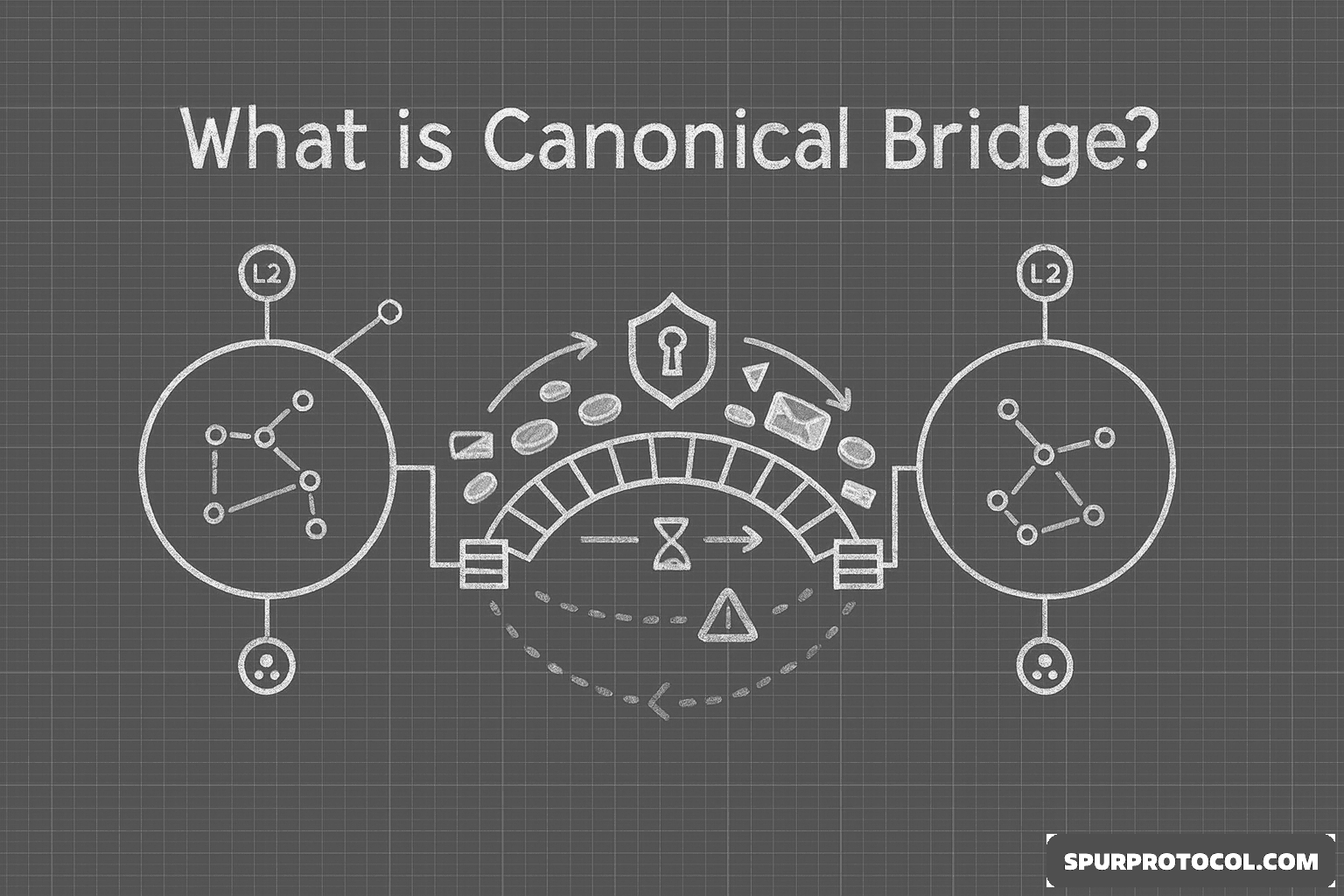What Is A Canonical Bridge Vs. A Third-Party Bridge?
Canonical Bridges are those officially endorsed and maintained by a Layer 2 or sidechain team, often using the security model of the Layer 1 chain. Third-Party Bridges are independent entities that provide connectivity between chains but introduce new security assumptions, as the user must trust the bridge's external validators or multisig.
Go Back

🕒 1:32 PM
📅 Oct 28, 2025
✍️ By Nathanael707
Defining Canonical BridgesA Canonical Bridge is the "official" and generally most secure way to move assets between a Layer 1 chain (e.g., Ethereum) and its Layer 2 rollup (e.g., Arbitrum, Optimism).
Trust Model: The bridge relies on the security and verification logic of the Layer 1 chain (e.g., the fraud proofs in an Optimistic Rollup).
Asset Type: Typically locks the native L1 asset and mints the canonical, official wrapped version on the L2.
Security: Inherits the security of the L1 chain, making it the least risky method of transfer.
Defining Third-Party Bridges
A Third-Party Bridge (often called an external or custom bridge) is an independent protocol that connects any two chains (e.g., Ethereum and Solana, or Polygon and Cosmos).
Trust Model: The user must trust the bridge's independent, external security mechanism (e.g., a multisig, a decentralized set of external validators, or a ZK-proof system).
Risk Profile: These bridges are inherently more complex and have a higher history of exploits due to reliance on external security assumptions.
